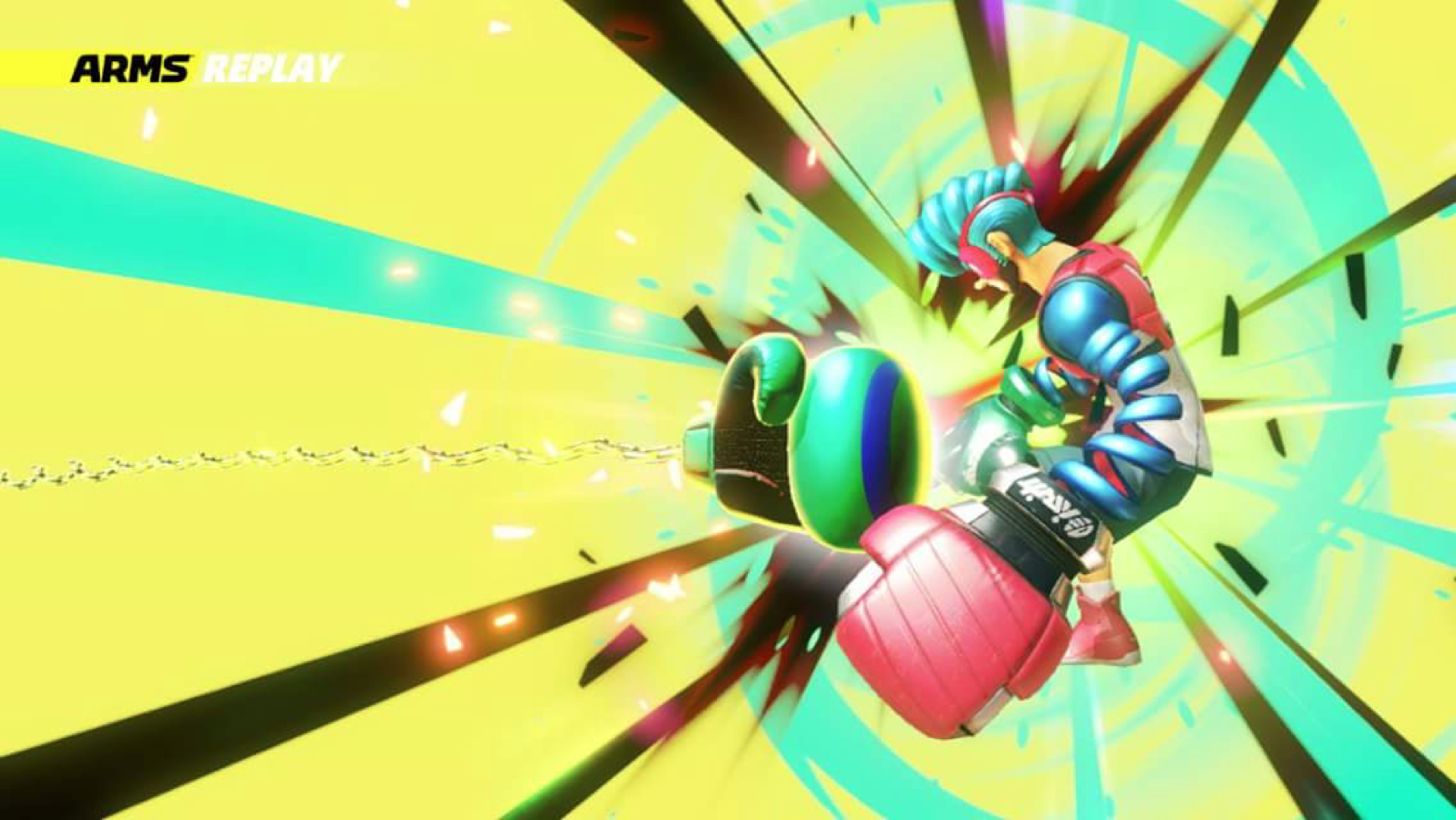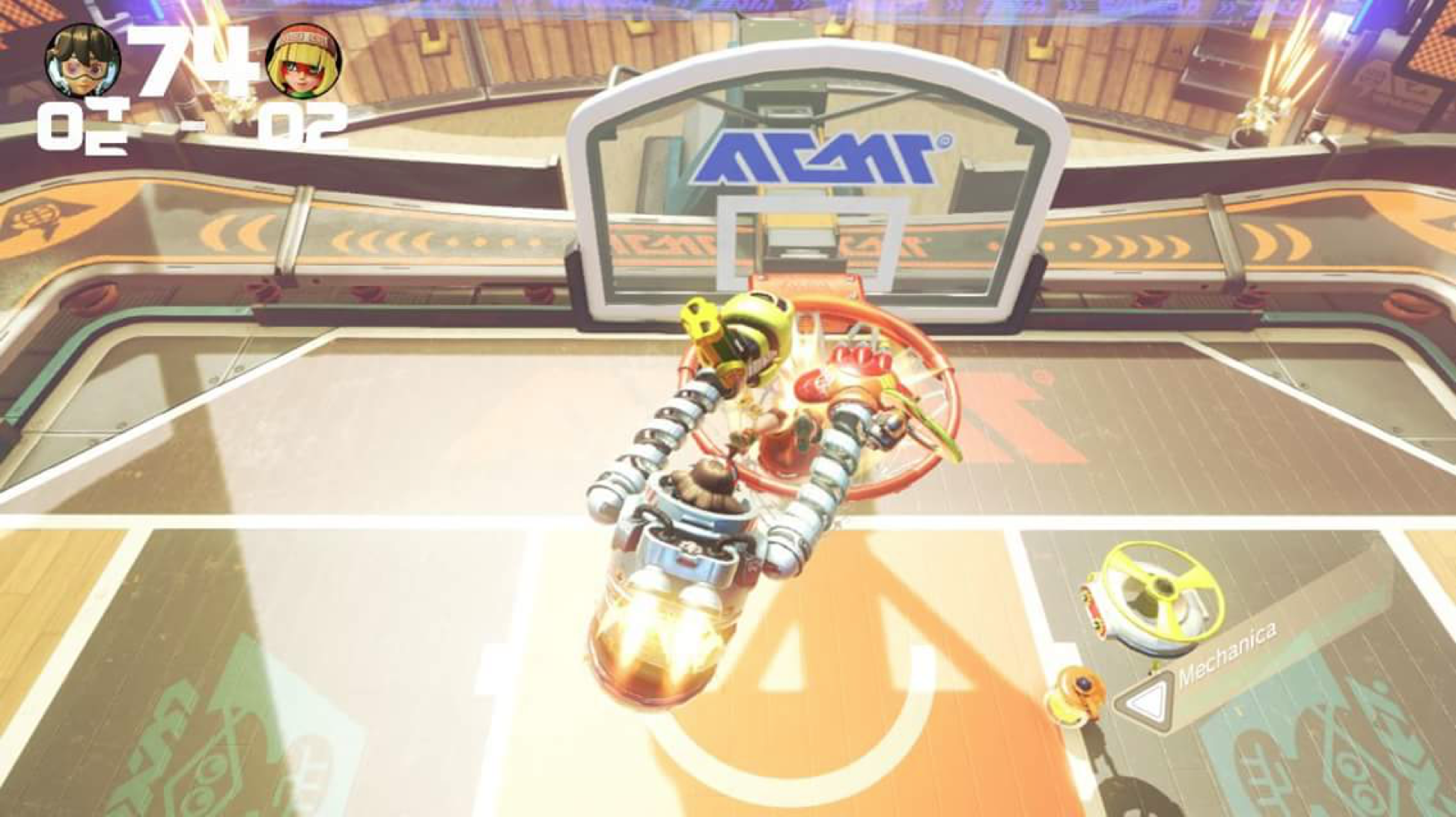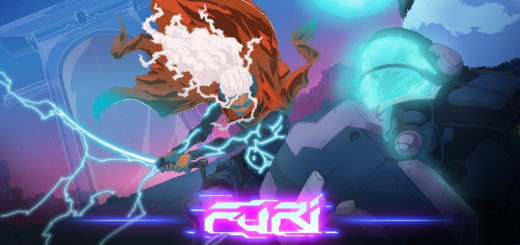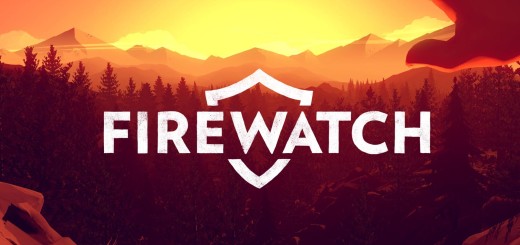ARMS Review

In the fall of 2006, with the release of the Wii, it became abundantly clear that Nintendo’s philosophy regarding the accessibility of games differed vastly from their industry rivals. While Sony and Microsoft exchanged haymakers with their respective high-powered next-gen consoles, Nintendo forewent participation in the arms race in order to develop games for a wider demographic. With WII SPORTS and its motion control scheme, Nintendo charmed gamers and non-gamers alike with an ease of use theretofore unseen in home gaming. With the Switch, Nintendo seems more poised than ever to take advantage of their new mobile console’s motion controls with titles like ARMS, their newest quirky IP. ARMS is like Wii boxing on acid; it’s an audio-visual assault punctuated by a vibrant aesthetic, some entertaining and unique game modes, an endearing cast of characters, and myriad customization options to pad the game’s replayability. But does that make ARMS a knockout?
ARMS, at its core, is a 3D fighter, but something like a mixture between FOR HONOR and more traditional fighters like TEKKEN 7; players choose from 10 playable characters with extendable arms to duke it out in various arenas. All aspects of movement are motion controlled—players can move, punch, guard, and throw with the appropriate joycon gestures—and although the basics are succinctly summarized in the game’s tutorial, there is a shocking amount of depth to the game’s proceedings. There’s even a much easier button-based control scheme, but it’s not as precise as the hands-up grip. Much like real boxing, matches flow between offense and defense as competitors dance around the battlefield, exchanging punches or creating openings with clever footwork. Very much unlike real boxing, there are a ton of different unlockable arm types that have a wide range of effects, from stunning or freezing enemies to burning them for extra damage or knocking them back with a gust of wind. This is where ARMS’ depth reaches its apex; discovering how new combinations of arms work in tandem was hugely satisfying, especially when I started getting accustomed to the game’s deeper aspects. It’s a much-welcome level of nuance that helps ARMS distinguish itself as both a fun, flashy, surface “party game” a la WII SPORTS as well as a technical, competitive fighting game.
The game is certainly flashy, if nothing else. ARMS is a veritable burst of sight and sound defined by its neon sheen and scintillating soundtrack. (The main menu theme will be stuck in my head for eternity.) There is little-to-no slowdown to speak of outside single-screen multiplayer, although with two players the game still runs at 60 FPS. Its menus and a large amount of the gameplay can be a little heavy on the eyes at times, but it’s never so distracting as to make one lose sight of the action. Stages all have unique identities and gimmicks, ranging from a bouncy arena lined with trampolines to a skate park featuring Beyblade-like battle tops players can ride on top of. It’s all indicative of that trademark polish that Nintendo is so famous for.

Good to see Japan still working hard to give people seizures
Image Source: Screenshot
That detail reaches past the aesthetic, too. In addition to each character having a distinct visual identity, they all have a strongly defined play style, with unique abilities setting them apart from one another. Some characters can disable attacks with a well-timed parry or kick (No LEGS DLC planned quite yet), whereas others have a more grounded style of play involving zooming around the battlefield to overwhelm opponents with speed or tanking hits while delivering devastating counter blows. This has to be the main draw of the game—no fighting game is destined for greatness without a charismatic cast of characters—and ARMS delivers on that front mechanically and visually, even with such a small group. They have endearingly silly names like Kid Cobra and Ribbon Girl, but that superhero-like camp made it pretty easy to pick a character and learn how they played. Some characters already achieved internet notoriety before they were even released. (I’m a particularly big Spring Man fan, for the record.)
It’s important that ARMS is recognized as more than just a vanilla fighting game, too, because it has so much to offer besides the standard one-on-one versus mode. There are numerous different rulesets to choose from, including free-for-all matches for three or four players, team battles, target practice, volleyball, and a basketball mode that has combatants trying to get each other through the hoop for points.

Seriously. Name another game that lets me dunk my opponents into a basketball hoop. I’ll wait
Image Source: Screenshot
There are enough differences between each mode to keep casual players invested for quite a bit of replayability, and Nintendo has already gone on the record saying that more is coming in the form of new characters, weapons, and stages, similar to the update format of Nintendo’s other recent IP SPLATOON. With their soon-to-be-premium online service, it would seem Nintendo is avoiding the extravagantly-priced DLC plague that casts a shadow over games like FIRE EMBLEM ECHOES. If SPLATOON’s success with free updates is any indication of a trend, ARMS’ longevity seems all-but-certain.
How Nintendo consistently manages to redefine established genres is beyond me (they’ve already done something similar with SPLATOON reinventing the shooter), but it lines up with the company’s ambitious commitment to inclusivity. By developing ARMS to be both intuitive and complex, Nintendo won over myself and numerous others during its open beta test a few weeks back, but the full release—along with the promise of future updates—really seals the deal here. I know, by now, everybody is probably sick of me heaping such endless praise on an already-acclaimed game company, but when they prove time and again that they’re capable of turning outlandishly goofy concepts into bona fide hits, it’s difficult to argue against them. In any case, if anybody does want to fight me over how good this game is, I’ll be ready to throw some arms.
Verdict: Recommend
Reviewed on Nintendo Switch



